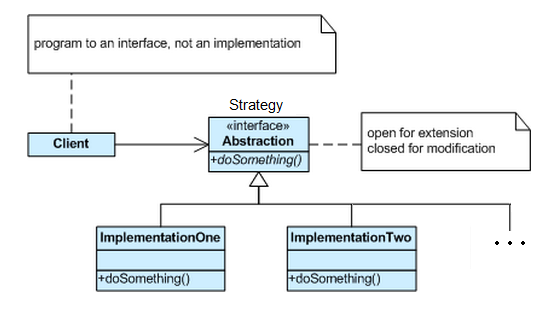Microservices is an approach to application development in which a large application is built as a suite of modular services. Each module supports a specific business goal and uses a simple, well-defined interface to communicate with other modules.
Microservices introduction:
Introduction to Microservices Whitepaper
The initial white paper on microservices by Martin Fowler and James Lewis (it is a bit dense, but it highlights the intent of this architecture and it is one of the first whitepapers published on the subject):
Using API gateway to get coarser calls and group microservices:
Foreign Key relationship conundrum:
Foreign Keys and Microservices
Distributed transactions and microservices, how to keep referential integrity:
Distributed Transactions Strategy in Microservices
Netflix whitepaper:
Netflix Architectural Best Practices
IASA Free Resources/Whitepapers:
Successfully implementing a MSA
And finally, if you have a pluralsight trial subscription and you prefer to watch a video instead of reading a bunch of articles, this course is a good introduction to the pattern, the MSDN Professional subscriptions should include a few courses trial at Pluralsight for free:
Happy design and coding!

